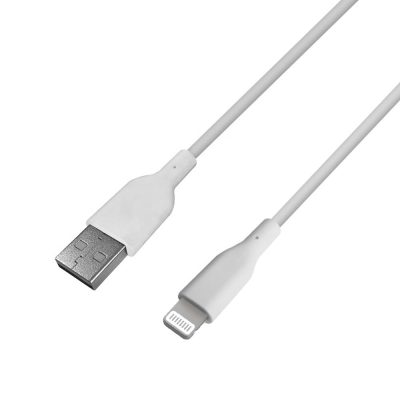USB Extension Cables: Tips for Optimal Performance
Using USB extension cables can greatly enhance the flexibility and convenience of your device connections. To ensure you get the best performance out of your USB extension cables, here are some key tips to follow:
1. Choose the Right Length
- Avoid Excessive Lengths: Longer cables can introduce signal degradation. Choose the shortest length that meets your needs to maintain signal quality.
- Match Your Needs: Use short cables for nearby devices and longer cables for distant connections, ensuring they don’t exceed the maximum recommended length for the USB standard you’re using.
2. Select the Appropriate USB Version
- USB 2.0: Suitable for low-speed peripherals like keyboards, mice, and printers. Max length for optimal performance: 16 feet (5 meters).
- USB 3.0/3.1/3.2: Ideal for high-speed data transfer devices like external hard drives and cameras. Max length for optimal performance: 9.8 feet (3 meters) without signal boosting.
3. Use Quality Cables
- Durable Materials: Opt for cables made from high-quality materials such as nylon-braided or reinforced designs for longevity and durability.
- Shielded Connectors: Ensure the connectors are well-shielded and, if possible, gold-plated to reduce signal loss and interference.
4. Avoid Signal Interference
- Proper Shielding: Choose cables with good shielding to minimize electromagnetic interference (EMI) from other electronic devices.
- Twisted Pair Construction: This helps reduce crosstalk and maintain signal integrity.
5. Utilize Active Extension Cables for Long Distances
- Active USB Extension Cables: These cables have built-in electronics that regenerate the USB signal, allowing for longer distances without signal loss. Ideal for lengths over the recommended maximums for passive cables.
6. Ensure Proper Cable Management
- Avoid Tight Bends: Sharp bends can damage the internal wiring of the cable. Use cable organizers to maintain gentle curves.
- Prevent Tangling: Keep cables organized and untangled to prevent wear and tear.
7. Test and Verify Performance
- Check Compatibility: Ensure the extension cable is compatible with your USB devices and supports the required data transfer speeds.
- Perform Speed Tests: Use software tools to check the actual data transfer speeds and verify that the cable meets your performance expectations.
8. Use Hubs for Multiple Devices
- Powered USB Hubs: If connecting multiple devices through an extension cable, use a powered USB hub to ensure each device gets sufficient power.
- Avoid Daisy Chaining: Connecting multiple extension cables in series (daisy chaining) can result in significant signal degradation and is not recommended.
9. Keep Cables Away from Power Sources
- Reduce EMI: Keep USB extension cables away from power cables and sources to reduce electromagnetic interference.
- Organize Workspace: Position your devices and cables to minimize interference from other electronics.
Conclusion
By choosing the right length and USB version, using quality materials, avoiding signal interference, utilizing active cables for long distances, ensuring proper cable management, testing performance, using hubs appropriately, and keeping cables away from power sources, you can maximize the performance of your USB extension cables. These tips will help ensure reliable and efficient connectivity for your devices.
![]()







